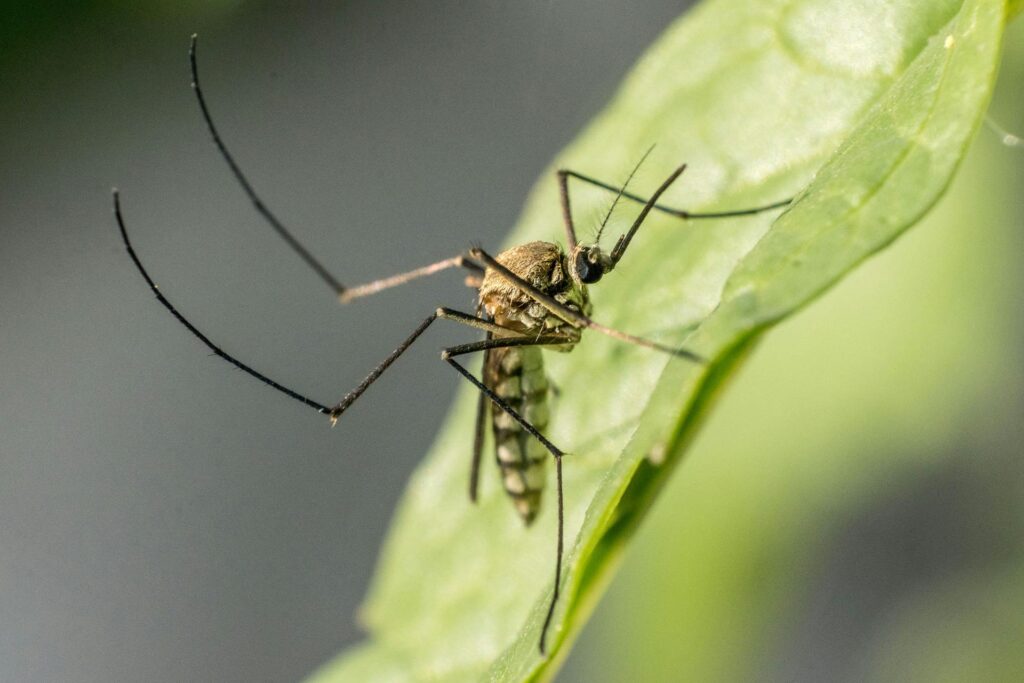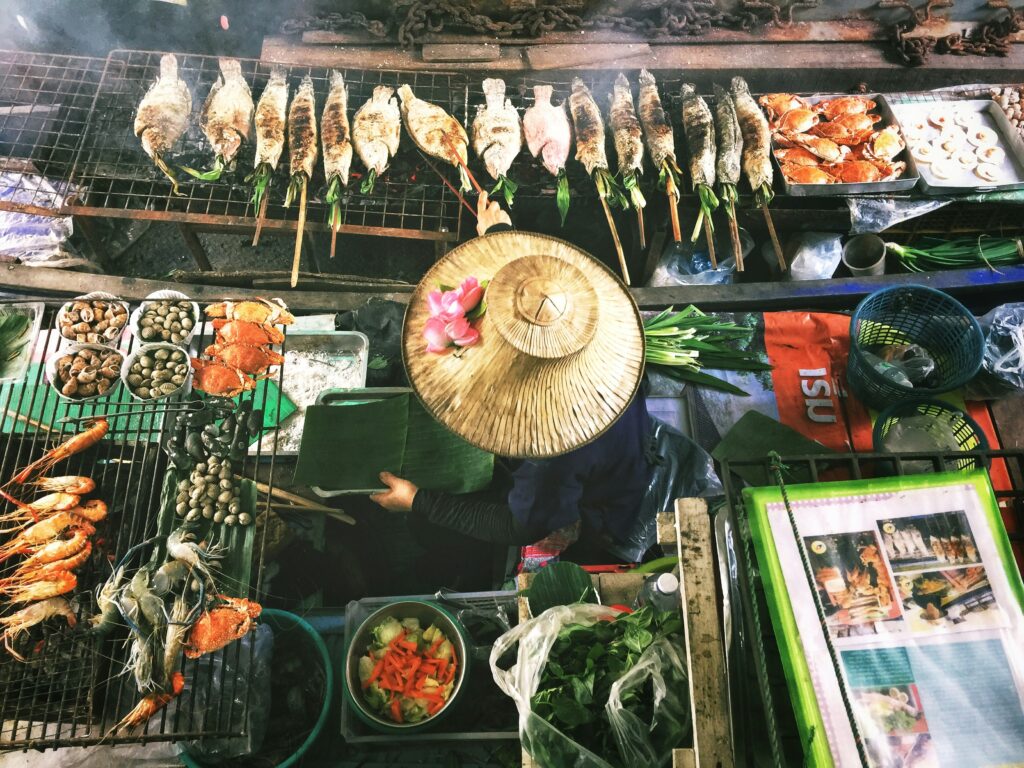For those unfamiliar, malaria is a serious disease that can impact travelers to the Dominican Republic who aren’t prepared.
This guide covers all you need to know about malaria protection – focusing on where the risk is highest, what measures to take, and how to stay safe during your travels.
How Strong is the Risk of Malaria in the Dominican Republic?
Malaria is present in the Dominican Republic, particularly in rural and jungle regions. The overall risk level is medium.
Transmission rates are the highest within:
- Border regions near Haiti: The provinces near Haiti, including Independencia and Dajabón, have historically higher malaria rates.
- Bateyes (sugarcane plantation areas): Malaria can also be more prevalent in the bateyes, where sugarcane laborers live and work.
- Tourist resorts and urban centers: In the provinces (including resort areas) of Azua, Elias Piña, La Altagracia, San Juan, and Santo Domingo.
By identifying these high-risk areas, you can make informed decisions about where you’ll need to take extra precautions.
Seasonality Factors
The rainy season in the Dominican Republic typically runs from May through October. During this time, mosquito populations increase due to the standing water left by rainfall.
Consequently, the risk of malaria transmission is slightly higher during these months. However, this doesn’t mean that the dry season is risk-free. It’s still important to follow preventive measures year-round, especially if you plan to travel to higher-risk areas.
Preventive Measures to Protect Against Malaria
Protecting yourself from malaria comes down to two key strategies: preventing mosquito bites and considering antimalarial medication.
1. Using Antimalarial Medication
If you plan to visit high-risk areas within the Dominican Republic, consult a travel doctor from Runway Health about antimalarial medication options. Some commonly prescribed medications include:
Malarone (Atovaquone-Proguanil)
Malarone is a top choice for travelers due to its effectiveness and fewer side effects compared to other medications. Taken once daily, you’ll need to start this medication one to two days before you enter a malaria-prone area and continue for seven days after you leave.
Need an Online Prescription? Start Here ➜
Doxycycline
Another option for malaria prevention, Doxycycline is sometimes recommended if there’s a Malarone shortage. However, it must be taken daily and continued for four weeks after leaving the malaria zone.
Mefloquine
Mefloquine is less commonly prescribed due to its potential side effects, such as sleep and balance issues. It’s often recommended only when other options aren’t suitable. As with any medication, a physician can help determine the right choice for you.
2. Preventing Mosquito Bites
Avoiding mosquito bites is one of the most effective ways to prevent malaria. Here are practical steps to reduce your exposure to mosquitoes:
- Insect repellent: Apply insect repellent with DEET (20-50%) or picaridin to all exposed skin, especially during peak mosquito hours.
- Wear protective clothing: Long sleeves, pants, and light-colored clothing can help reduce the chance of being bitten.
- Sleep under a mosquito net: If your accommodation doesn’t have screened windows or air conditioning, use an insecticide-treated mosquito net for extra protection.
- Stay in air-conditioned or well-screened rooms: Air conditioning reduces mosquito presence indoors, and screened windows and doors provide another layer of security.
These preventive measures, when combined, significantly lower the chances of malaria exposure.
3. Be Mindful of Peak Mosquito Activity Times
In the Dominican Republic, the mosquitoes that carry malaria are typically more active during dawn and dusk.
If you plan to be in a rural area with high mosquito density, sunrise and sunset are the times to be the most cautious.
Recognizing Malaria Symptoms
Even with all preventive measures, malaria is still possible. Recognizing early symptoms and seeking medical care promptly is essential for effective treatment.
Symptoms often appear a week or more after being bitten by an infected mosquito and may include:
- Fever, sweating and chills
- Headaches, nausea or vomiting
- Muscle and joint pain
If you experience any of these symptoms during or after your trip, seek medical attention immediately. Malaria is treatable but requires prompt action to avoid complications.
Access to Healthcare in the Dominican Republic
The Dominican Republic has a sufficient healthcare system for travelers, particularly in urban areas like Santo Domingo and Santiago. Medical facilities are well-equipped to diagnose and treat malaria in most parts of the country.
However, access to healthcare may be more limited in rural areas, so it’s a good idea to know the location of the nearest healthcare facility, especially if you’re traveling to high-risk areas. Consider travel insurance that covers medical treatment abroad, including emergency evacuation if necessary.
FAQs About Malaria Protection in the Dominican Republic
Is Malaria a Risk in Tourist Areas?
Yes – popular tourist destinations in the Dominican Republic, such as Punta Cana and Santo Domingo, have medium-level mosquito population sizes (with recorded cases of transmission every year).
While not as strong of a risk as forested areas with dense vegetation, many travelers are still cautious – no matter where in the country.
Do I Need Malaria Tablets for a Short Trip?
If your trip is confined to staying mostly indoors within urban/resort areas, malaria medication is not a major priority. However, for longer stays or visits to high-risk regions, especially near the Haiti border, antimalarials are often recommended.
What’s the Best Insect Repellent for Malaria Prevention?
A repellent with DEET at a concentration of 20-50% is typically recommended for malaria prevention. Picaridin is also effective and may be preferable for those with sensitive skin.
Be sure to apply it to all exposed skin and reapply as directed, especially if you’re spending extended time outdoors.
Can I Bring Malaria Medication into the Dominican Republic?
Yes, travelers are generally allowed to bring prescribed medications, including antimalarials, into the Dominican Republic. However, keep the prescription or a doctor’s note with you in case customs officials have questions about your medication.
Connect with a Travel Doctor ➜
How Long Before My Trip Should I Start Taking Malaria Medication?
For medications like Malarone, you should begin taking them one to two days before entering a malaria zone. Doxycycline usually needs to be started a day before travel, and Mefloquine should be started at least two weeks in advance. Always follow your doctor’s guidance on the correct timing for your medication.
By being aware of malaria risks in the Dominican Republic and taking the right precautions, you can enjoy all the country has to offer while keeping your health in check. Follow these guidelines and consider a healthcare consultation to get personalized advice based on your specific travel plans.

